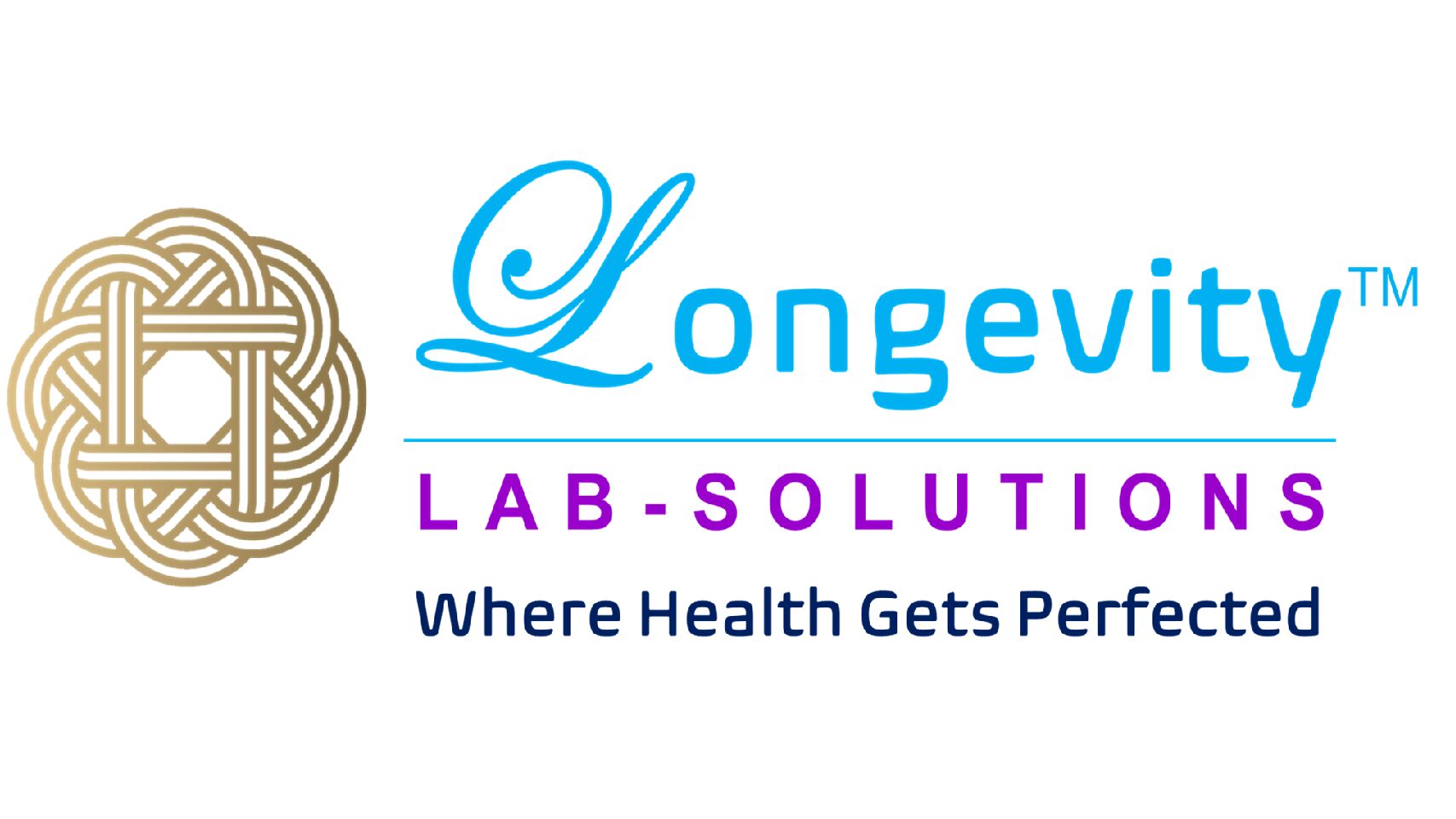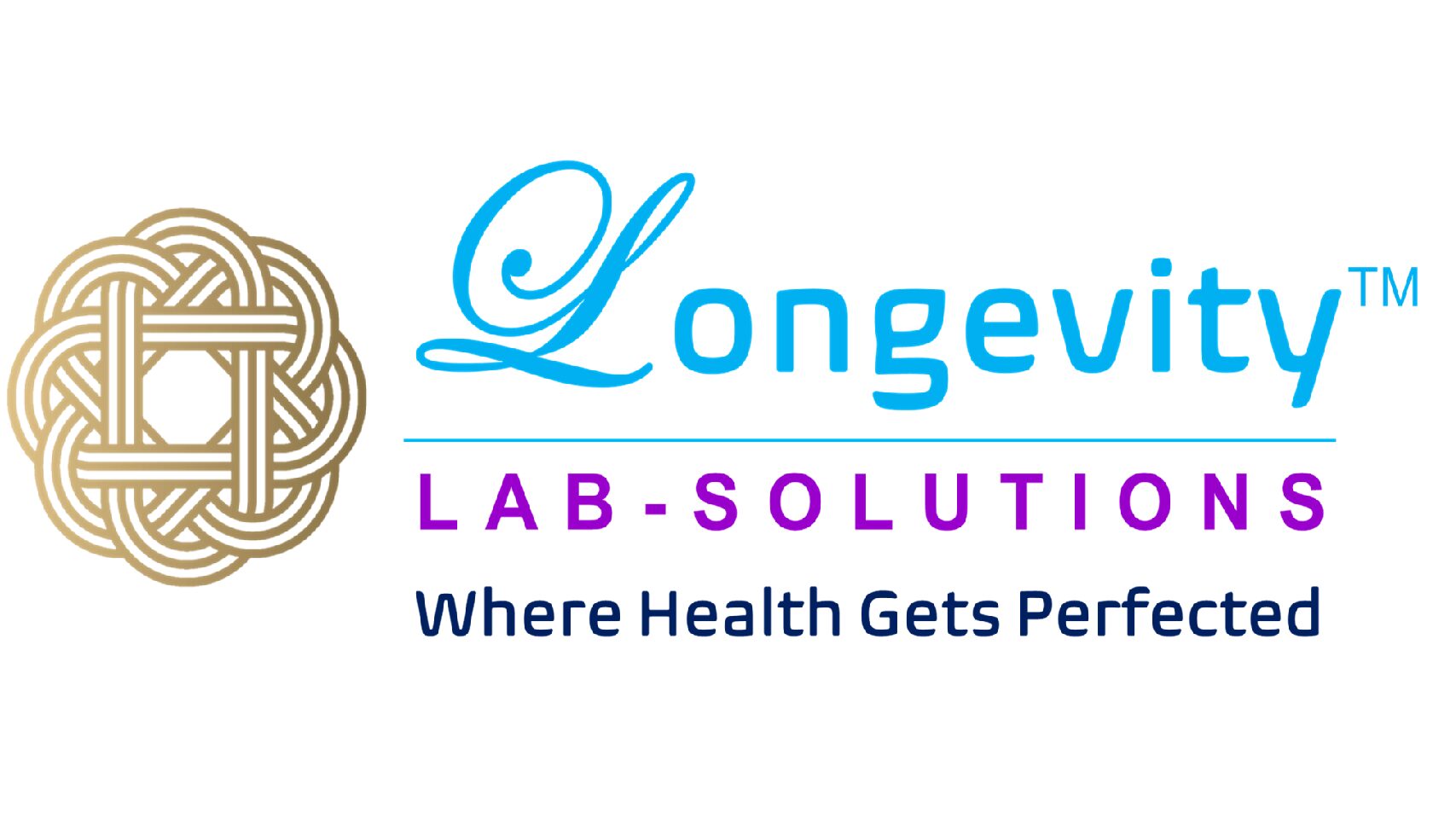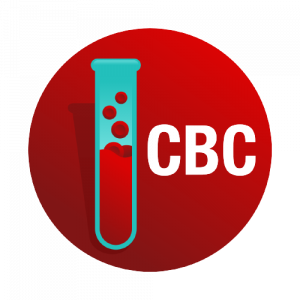Immune System Blood Test
$149.00
The immune system is a complex network of specialized cells, tissues, and organs that work together to defend the body against harmful substances and infectious agents. It recognizes and eliminates foreign molecules, such as antigens, while distinguishing them from the body’s own cells and tissues.
Immunological blood tests are laboratory tests that evaluate various aspects of the immune system by analyzing blood samples. These tests help assess the immune system’s function, detect immune-related disorders, monitor the response to treatment, and provide valuable diagnostic information.
Analytes in this test: 9 Analytes:- C-Reactive Protein (CRP), Complement 3 (C3), Complement 4 (C4), D-Dimer, Homocysteine, Immunoglobulins IgA, IgM, IgG, IgE, Rheumatoid Factor
Description
About the Test
Immunology is the branch of science that studies the immune system and its functions. It focuses on understanding how the immune system protects the body from foreign invaders, such as pathogens (e.g., bacteria, viruses, parasites), as well as its role in maintaining overall health and preventing diseases.
Some areas of immunological research include:
- Immunodeficiency disorders: Studying genetic and acquired conditions that impair the immune system’s ability to defend against infections, such as primary immunodeficiencies and acquired immunodeficiency syndrome (AIDS).
- Autoimmune diseases: Investigating the underlying mechanisms and triggers of autoimmune disorders, where the immune system mistakenly attacks the body’s own cells and tissues, such as rheumatoid arthritis, lupus, or multiple sclerosis.
- Allergies and hypersensitivity reactions: Examining the immune responses responsible for allergic reactions to harmless substances, such as pollen, food, or animal dander.
- Vaccines and immunization: Developing and improving vaccines to prevent infectious diseases by stimulating the immune system to produce a protective response against specific pathogens.
- Immune-related therapies: Researching immunotherapies, such as monoclonal antibodies, immune checkpoint inhibitors, and adoptive cell therapies, for the treatment of cancer and other diseases by harnessing or modulating the immune system.
The Immune System
The immune system is a complex network of cells, tissues, and organs that work together to defend the body against harmful substances and protect it from infections and diseases. It is a crucial system for maintaining overall health and plays a central role in the body’s defense mechanisms.
The immune system’s primary function is to recognize and eliminate pathogens (such as bacteria, viruses, fungi, and parasites) as well as abnormal or potentially harmful cells, including cancer cells. It is also responsible for recognizing and neutralizing toxins and other harmful substances.
The immune system consists of two main components:
-
Innate Immune System: The innate immune system is the body’s first line of defense. It provides rapid, nonspecific responses to pathogens and is present from birth. It includes physical barriers like the skin and mucous membranes, as well as various cells and molecules that can quickly respond to foreign invaders. Key components of the innate immune system include:
-
Physical barriers: The skin acts as a physical barrier, preventing the entry of pathogens. Mucous membranes, found in the respiratory, digestive, and urogenital tracts, also provide a protective barrier.
-
Phagocytes: Cells such as neutrophils and macrophages engulf and destroy pathogens through a process called phagocytosis.
-
Natural killer (NK) cells: These specialized cells can recognize and kill infected or cancerous cells directly.
-
Complement system: A group of proteins that can be activated to promote inflammation, attract immune cells, and directly kill pathogens.
-
-
Adaptive Immune System: The adaptive immune system is a more specialized and targeted defense mechanism. It develops throughout life and is capable of recognizing and remembering specific pathogens. It consists of lymphocytes, mainly B cells and T cells, and specialized molecules such as antibodies. Key components of the adaptive immune system include:
-
B cells: These cells produce antibodies that can recognize specific antigens (molecules present on the surface of pathogens). Antibodies bind to antigens, marking them for destruction by other immune cells or neutralizing their harmful effects.
-
T cells: There are different types of T cells, including helper T cells, cytotoxic T cells, and regulatory T cells. They play various roles in immune responses, including coordinating the immune response, directly killing infected cells, and regulating the overall immune activity.
-
Memory cells: B cells and T cells can differentiate into memory cells, which “remember” previous encounters with specific pathogens. This allows for a faster and more robust immune response upon subsequent exposures.
-
The immune system also relies on communication and coordination between its different components. Immune cells release signaling molecules called cytokines, which help regulate and modulate immune responses. This coordination is important to ensure an appropriate response to different types of pathogens and to maintain immune balance.
Disruptions or dysfunctions in the immune system can lead to immune-related disorders, such as autoimmune diseases (where the immune system mistakenly attacks the body’s own tissues), immunodeficiencies (where the immune system is weakened or impaired), and hypersensitivity reactions (allergies).
Maintaining a healthy immune system is influenced by various factors, including nutrition, lifestyle choices, adequate rest, stress management, and vaccination. Vaccines stimulate the immune system to recognize and mount an immune response against specific pathogens, providing immunity without causing the disease.
Inflammation And Immunity
Inflammation and immunity are closely interconnected processes that play crucial roles in maintaining the body’s overall health and defending against infections and diseases. While inflammation is a normal response of the immune system, chronic or excessive inflammation can lead to various health problems.
Inflammation and immunity are closely linked because inflammation is an integral part of the immune response. When the immune system detects a threat, it triggers an inflammatory response to eliminate the pathogen and promote tissue repair. Inflammation helps recruit immune cells to the site of infection, enhances their activity, and aids in the removal of pathogens or damaged cells.
However, problems arise when inflammation becomes chronic or excessive. Chronic inflammation can occur when the immune system remains activated even after the initial threat has been eliminated. This can lead to tissue damage and contribute to the development of various diseases, including autoimmune disorders, cardiovascular diseases, and certain cancers.
Balancing inflammation and immune responses is crucial for maintaining health. The immune system must effectively target and eliminate pathogens while avoiding excessive inflammation that can harm the body’s own tissues. Understanding the complex interactions between inflammation and immunity is an active area of research, and scientists are continuously striving to develop new therapies and interventions to modulate these processes for better health outcomes.
Complement 3 (C3)
C3, also known as complement component 3, is an important protein of the complement system, which is a part of the innate immune system. The complement system consists of a group of proteins that work together to enhance immune responses against pathogens, facilitate inflammation, and assist in the clearance of foreign substances.
C3 plays a central role in the complement cascade, a series of reactions that are triggered when pathogens or immune complexes (antigen-antibody complexes) are recognized by the immune system. When these triggers occur, C3 is cleaved into two fragments: C3a and C3b.
C3a is a small peptide that functions as a potent inflammatory mediator. It promotes the recruitment and activation of immune cells, such as neutrophils and macrophages, to the site of infection or inflammation. Additionally, C3a contributes to the regulation of adaptive immune responses by influencing the behavior of other immune cells.
C3b, on the other hand, has multiple functions related to the elimination of pathogens. It can bind to the surface of bacteria, viruses, or other foreign substances, marking them for destruction. This process, called opsonization, enhances phagocytosis, as immune cells, such as macrophages, can better recognize and engulf the opsonized pathogens. C3b can also form a complex called C3 convertase, which further amplifies the complement cascade and leads to the production of additional C3b fragments.
Furthermore, C3b participates in the formation of the membrane attack complex (MAC), a structure that can directly lyse (rupture) bacterial membranes and some other pathogens. The MAC can create pores in the target cells, causing them to lose their structural integrity and leading to their destruction.
Overall, C3 is a critical component of the complement system, and its activation contributes to several aspects of immune responses. By enhancing inflammation, opsonization, and the formation of the membrane attack complex, C3 helps in the recognition, elimination, and destruction of pathogens. Deficiencies or dysregulation in C3 function can result in immune system dysfunction, increased susceptibility to infections, or autoimmune diseases.
Measurement of C3 levels in blood can be helpful in assessing complement system activity and detecting certain immune-related disorders. Decreased levels of C3 may indicate complement deficiencies, autoimmune conditions (such as systemic lupus erythematosus), or certain infections. Elevated levels of C3 can be seen in some inflammatory conditions or during an acute phase response.
It’s important to note that the interpretation of C3 levels should be done in conjunction with other clinical findings and tests to obtain a comprehensive assessment of the immune system and related conditions. Healthcare professionals, such as immunologists or rheumatologists, are best suited to interpret the results and provide appropriate guidance based on the individual’s specific situation.
Complement 4 (C4)
C4, also known as complement component 4, is another protein of the complement system, which is a part of the innate immune system. The complement system consists of a group of proteins that work together to enhance immune responses, facilitate inflammation, and aid in the clearance of foreign substances.
C4, like C3, plays a crucial role in the complement cascade, a series of reactions that are triggered when pathogens or immune complexes (antigen-antibody complexes) are recognized by the immune system. When activated, C4 is cleaved into two fragments: C4a and C4b.
C4a is a small peptide that functions as an inflammatory mediator, similar to C3a. It contributes to the recruitment and activation of immune cells, such as neutrophils and macrophages, at the site of infection or inflammation.
C4b, on the other hand, has several important functions related to the elimination of pathogens. It can bind to the surface of bacteria, viruses, or other foreign substances, marking them for destruction. This process, called opsonization, enhances phagocytosis, as immune cells, such as macrophages, can better recognize and engulf the opsonized pathogens. C4b is involved in the formation of the C3 convertase, which further amplifies the complement cascade and leads to the production of additional complement components.
C4, along with C2, forms the C3 convertase enzyme. This enzyme is responsible for cleaving C3 into C3a and C3b, as mentioned earlier. The C3b fragments go on to participate in opsonization and the formation of the membrane attack complex (MAC), leading to the destruction of pathogens.
Measurement of C4 levels in blood can be helpful in assessing complement system activity and detecting certain immune-related disorders. Decreased levels of C4 may indicate complement deficiencies, autoimmune conditions (such as systemic lupus erythematosus), or certain infections. Elevated levels of C4 can be seen in some inflammatory conditions or during an acute phase response.
It is important to note that the interpretation of C4 levels should be done in conjunction with other clinical findings and tests to obtain a comprehensive assessment of the immune system and related conditions. Healthcare professionals, such as immunologists or rheumatologists, are best suited to interpret the results and provide appropriate guidance based on the individual’s specific situation.
C-Reactive Protein, HS
C-Reactive Protein (CRP), high sensitivity (hs-CRP) is a protein produced by the liver in response to inflammation in the body. It is measured in a blood test to evaluate a person’s level of inflammation. The high sensitivity test (hs-CRP) is a more sensitive version of the CRP test and can detect low levels of inflammation.
Elevated levels of CRP, especially hs-CRP, are associated with an increased risk of heart disease, stroke, and other chronic conditions. The normal range for hs-CRP may vary depending on the laboratory, but generally falls between 0-3 mg/L. A healthcare professional will interpret the results in the context of a person’s overall health and medical history. In general, the lower the hs-CRP level, the lower the level of inflammation and the lower the risk of heart disease and other chronic conditions.
D-Dimer
D-dimer is a blood biomarker that is commonly used to assess the presence of blood clot formation or thrombosis. It is a breakdown product of fibrin, which is a protein involved in blood clot formation and dissolution. Elevated levels of D-dimer in the blood can indicate the activation of blood coagulation and fibrinolysis, processes that are often associated with inflammation.
Inflammation can trigger the activation of the coagulation system as part of the immune response. When there is tissue damage or infection, immune cells release inflammatory mediators, such as cytokines, which can activate the coagulation cascade. This activation helps to localize and contain the infection or injury, as well as promote tissue repair.
During inflammation, the coagulation system is activated in a controlled manner to prevent the spread of infection. However, excessive or prolonged activation can lead to the formation of blood clots within blood vessels, which can be harmful. These clots can disrupt blood flow, leading to tissue damage, organ dysfunction, or even life-threatening conditions like deep vein thrombosis, pulmonary embolism, or stroke.
D-dimer levels are often measured in clinical settings to help diagnose and monitor conditions associated with abnormal blood clotting, such as deep vein thrombosis, pulmonary embolism, disseminated intravascular coagulation (DIC), or venous thromboembolism. Elevated D-dimer levels can indicate the presence of active blood clot formation or fibrinolysis, suggesting an ongoing coagulation process.
It’s important to note that D-dimer is a sensitive but nonspecific marker, meaning elevated levels can be seen in various conditions other than inflammation and thrombosis. Conditions like trauma, surgery, pregnancy, liver disease, certain cancers, and even advanced age can also cause D-dimer elevation. Therefore, D-dimer testing is usually used in combination with other clinical assessments and imaging techniques to make a definitive diagnosis.
In summary, while D-dimer is primarily used as a marker for blood clot formation, it can be influenced by inflammation due to the interplay between the coagulation system and the immune response. Elevated D-dimer levels may indicate the presence of inflammation-associated coagulation processes, but further evaluation and clinical correlation are necessary to determine the underlying cause.
Homocysteine
Homocysteine is an amino acid that is produced during the metabolism of methionine, another amino acid found in dietary proteins. Elevated levels of homocysteine in the blood, known as hyperhomocysteinemia, have been associated with various health conditions, including cardiovascular disease, stroke, and neurodegenerative disorders. While the exact mechanisms linking homocysteine and these conditions are still being investigated, inflammation is believed to play a role in this relationship.
Inflammation can contribute to the elevation of homocysteine levels through several pathways. One mechanism is the activation of the immune system. Inflammatory mediators, such as cytokines, can induce changes in the metabolism of homocysteine, leading to increased production or decreased clearance of this amino acid. In addition, inflammatory processes can disrupt the normal functioning of enzymes involved in homocysteine metabolism, leading to elevated levels.
Homocysteine itself can also induce inflammation. High levels of homocysteine can promote oxidative stress, which refers to an imbalance between the production of reactive oxygen species (ROS) and the body’s ability to neutralize them. ROS can damage cells and tissues, triggering an inflammatory response. Homocysteine can also impair the function of endothelial cells that line blood vessels, leading to vascular inflammation and dysfunction.
Inflammation and homocysteine can create a vicious cycle. On one hand, inflammation can contribute to increased homocysteine levels. On the other hand, elevated homocysteine can further promote inflammation and oxidative stress, perpetuating the inflammatory response.
Chronic inflammation and elevated homocysteine levels are both associated with an increased risk of cardiovascular disease. Inflammation can contribute to the development and progression of atherosclerosis, the buildup of plaque in the arteries, while homocysteine can directly damage blood vessels and promote clot formation. These factors can lead to the narrowing of arteries and the formation of blood clots, increasing the risk of heart attacks and strokes.
It is important to note that while inflammation and homocysteine are linked, the relationship between them is complex and multifactorial. Other factors, such as genetics, lifestyle, and underlying health conditions, can also influence homocysteine levels and inflammation. Managing inflammation and maintaining a balanced homocysteine level may involve lifestyle modifications, such as a healthy diet, regular exercise, and, in some cases, supplementation with B vitamins (folate, vitamin B12, and vitamin B6), which are involved in homocysteine metabolism.
Immunoglobulins (Antibodies IgG, IgM, IgA, IgE)
Immunoglobulins, also known as antibodies, are specialized proteins produced by B cells of the immune system. They play a critical role in the immune response by recognizing and neutralizing foreign substances, such as pathogens or toxins, and promoting their elimination from the body.
There are five main classes of immunoglobulins, each with unique functions and characteristics:
-
IgG (Immunoglobulin G): IgG is the most abundant immunoglobulin in the bloodstream and tissues. It provides long-lasting protection against infections, as it can cross the placenta from a pregnant woman to her fetus, conferring passive immunity to the newborn. IgG antibodies can neutralize pathogens, enhance phagocytosis by immune cells, activate the complement system, and facilitate the elimination of antigens.
-
IgM (Immunoglobulin M): IgM is the first antibody class produced in response to an infection. It is found mainly in the bloodstream and functions as an effective early defense against pathogens. IgM antibodies are potent activators of the complement system and can bind to multiple antigens simultaneously, promoting their elimination.
-
IgA (Immunoglobulin A): IgA is primarily found in body secretions such as saliva, tears, respiratory and gastrointestinal tract secretions, and breast milk. It plays a critical role in mucosal immunity, providing protection at the sites of entry for pathogens. IgA antibodies can neutralize pathogens and prevent their attachment to mucosal surfaces.
-
IgE (Immunoglobulin E): IgE is involved in allergic and hypersensitivity reactions. It triggers the release of inflammatory mediators, such as histamine, in response to allergens, leading to symptoms like itching, swelling, and respiratory distress. IgE antibodies are also important in defense against parasitic infections.
-
IgD (Immunoglobulin D): IgD is primarily found on the surface of mature B cells and acts as a receptor for antigen recognition. Its exact role in immune responses is not fully understood, but it is thought to participate in the activation and regulation of B cells.
Each class of immunoglobulin has unique properties that allow for a diverse and effective immune response. When the immune system encounters an antigen, B cells undergo a process called clonal selection and expansion, leading to the production of large quantities of specific antibodies against that particular antigen.
Measuring immunoglobulin levels in blood can provide valuable diagnostic information about immune system function and certain disorders. Abnormalities in immunoglobulin levels may indicate immunodeficiencies, autoimmune diseases, allergic conditions, or certain infections.
It’s important to note that the interpretation of immunoglobulin levels should be done in conjunction with other clinical findings and tests. Healthcare professionals, such as immunologists or allergists, are best suited to interpret the results and provide appropriate guidance based on the individual’s specific situation.
Rheumatoid factor (RF)
Rheumatoid factor (RF) is an autoantibody that targets the body’s own proteins, specifically immunoglobulin G (IgG). It is most commonly associated with rheumatoid arthritis (RA), an autoimmune disorder characterized by chronic inflammation and joint damage.
RF is detected through a blood test that measures the level of RF antibodies in the blood. However, it’s important to note that RF can also be found in individuals without RA or other autoimmune conditions, and its presence alone is not sufficient for a definitive diagnosis. Therefore, RF testing is typically used in conjunction with other clinical and laboratory assessments to aid in the diagnosis of RA.
While RF is most strongly associated with RA, it can also be found in other autoimmune diseases, such as Sjögren’s syndrome and systemic lupus erythematosus (SLE). Additionally, RF can be detected in individuals without any apparent autoimmune disease, especially in older adults, as its prevalence tends to increase with age.
It’s worth noting that RF levels can fluctuate over time, and their presence or absence may not correlate with disease activity or severity in RA. Therefore, RF testing is often used in combination with other markers, such as anti-cyclic citrullinated peptide (anti-CCP) antibodies, to improve diagnostic accuracy and assess disease progression.
While RF testing has diagnostic value, it’s essential to consult with a healthcare professional, such as a rheumatologist, who will consider the complete clinical picture, including symptoms, physical examination findings, medical history, and additional laboratory tests, to make an accurate diagnosis and guide appropriate management and treatment decisions.
Specimen Requirements
SST tube of blood, serum
Turn Around Time
24 – 72 hours
Price For Test
Price: $149







